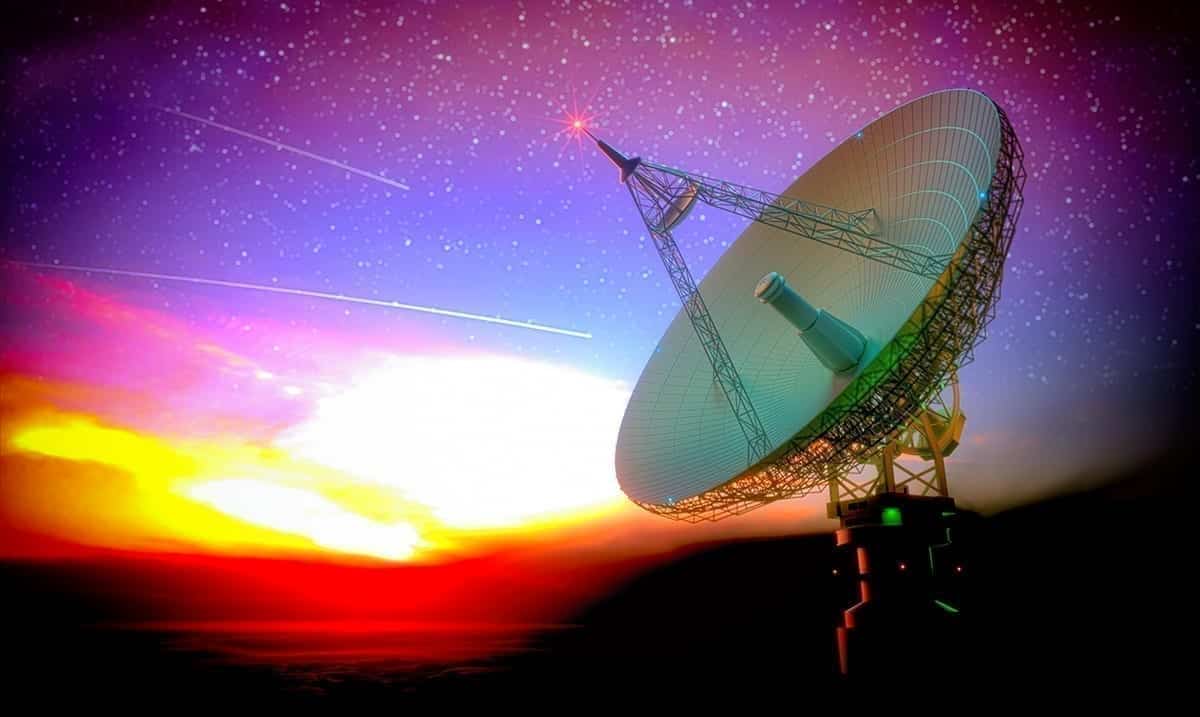We all know that FRBs or fast radio bursts are quite mysterious in nature but as time passes we are learning more and more about them. Sure, there is still a lot to learn but in time perhaps understanding them properly will be possible.
A recent study seems to cover something pretty mind-blowing in relation to FRBs and well, it’s got many thinking. Earlier this year a dead star roughly 14 or so thousand light-years away spat out a ‘colossal’ milliseconds long radio flare. This is quite new to all of us. While it might not sound like much this ‘unique mix of radiation’ is something we’ve never seen before in this kind of star.
The European Space Agency wrote as follows on this topic:
In late April, SGR 1935+2154, a magnetar discovered six years ago in the constellation of Vulpecula, following a substantial burst of X-rays, became active again. Soon after, astronomers spied something astonishing: this magnetar was not only radiating its usual X-rays, but radio waves, too.
“We detected the magnetar’s burst of high-energy, or ‘hard’, X-rays using Integral on 28 April,” says Sandro Mereghetti of the National Institute for Astrophysics (INAF–IASF) in Milan, Italy, lead author of a new study of this source based on the Integral data.
“The ‘Burst Alert System’ on Integral automatically alerted observatories worldwide about the discovery in just seconds. This was hours before any other alerts were issued, enabling the scientific community to act fast and explore this source in more detail.”
Astronomers on the ground spotted a short and extremely bright burst of radio waves from the direction of SGR 1935+2154 using the CHIME radio telescope in Canada on the same day, over the same timeframe as the X-ray emission. This was independently confirmed a few hours later by the Survey for Transient Astronomical Radio Emission 2 (STARE2) in the US.
“We’ve never seen a burst of radio waves, resembling a Fast Radio Burst, from a magnetar before,” adds Sandro.
“Crucially, the IBIS imager on Integral allowed us to precisely pinpoint the origin of the burst, nailing its association with the magnetar,” says co-author Volodymyr Savchenko from the Integral Science Data Centre at the University of Geneva, Switzerland.
“Most of the other satellites involved in the collaborative study of this event weren’t able to measure its position in the sky — and this was crucial in identifying that the emission did indeed come from SGR1935+2154.”
“This is the first-ever observational connection between magnetars and Fast Radio Bursts,” explains Sandro.
“It truly is a major discovery, and helps to bring the origin of these mysterious phenomena into focus.”
Research on this interesting find was published in the journal ‘The Astrophysical Journal Letters’ and titled ‘INTEGRAL Discovery of a Burst with Associated Radio Emission from the Magnetar SGR 1935 + 2154’. It breaks down their observations and really puts things into perspective. That all having been said, this in itself is still a mysterious event to us even with it having been studied.
To learn more about FRBs overall take a look at the video below. While it helps us better understand things more research needs to be done. We’re nowhere near finished yet.

